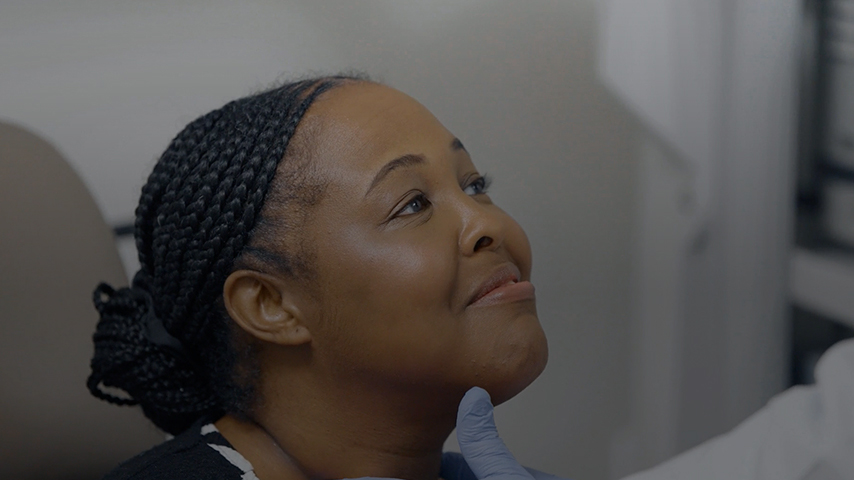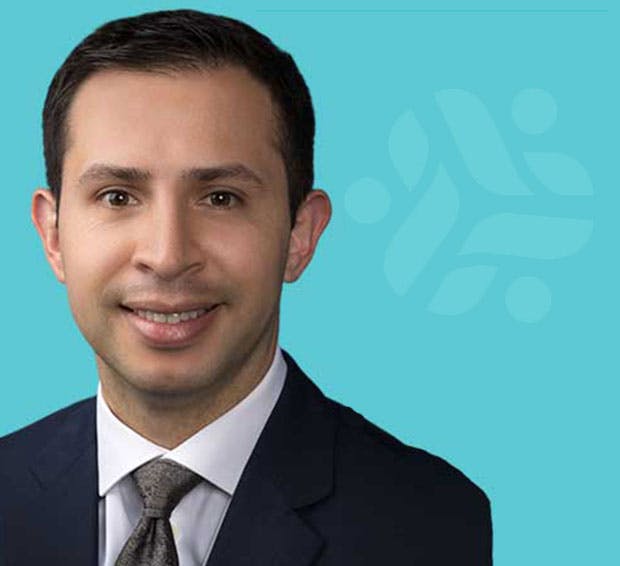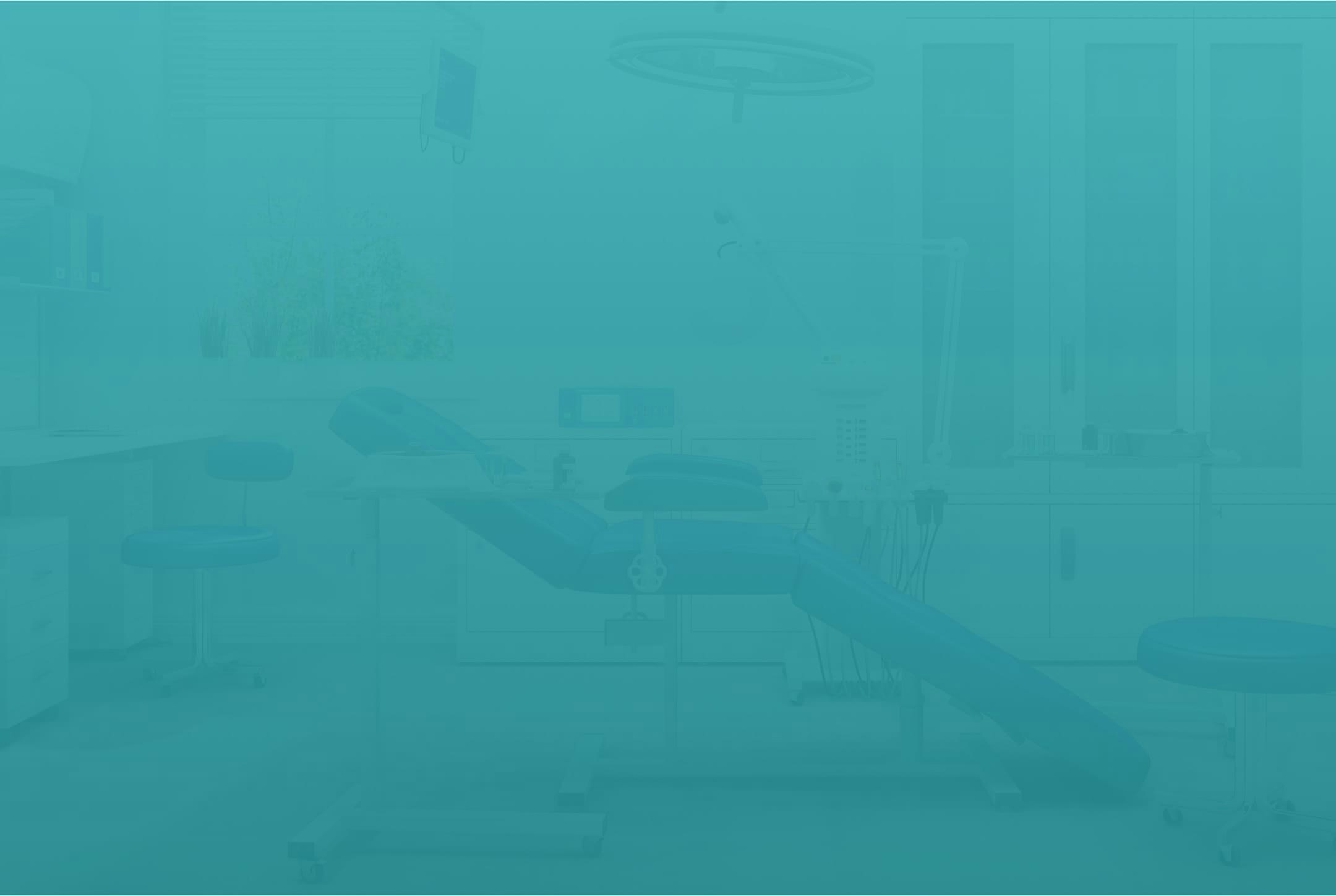The areas of the head and neck are home to several important glands and tissues that play a key role in the immune and endocrine systems. This includes the salivary glands, tonsils, adenoids, thyroid, and parathyroid. These can become swollen or infected and require medical treatment.
ENT vs Otolaryngologist
An otolaryngologist, or ear, nose, and throat doctor (ENT) is a...









